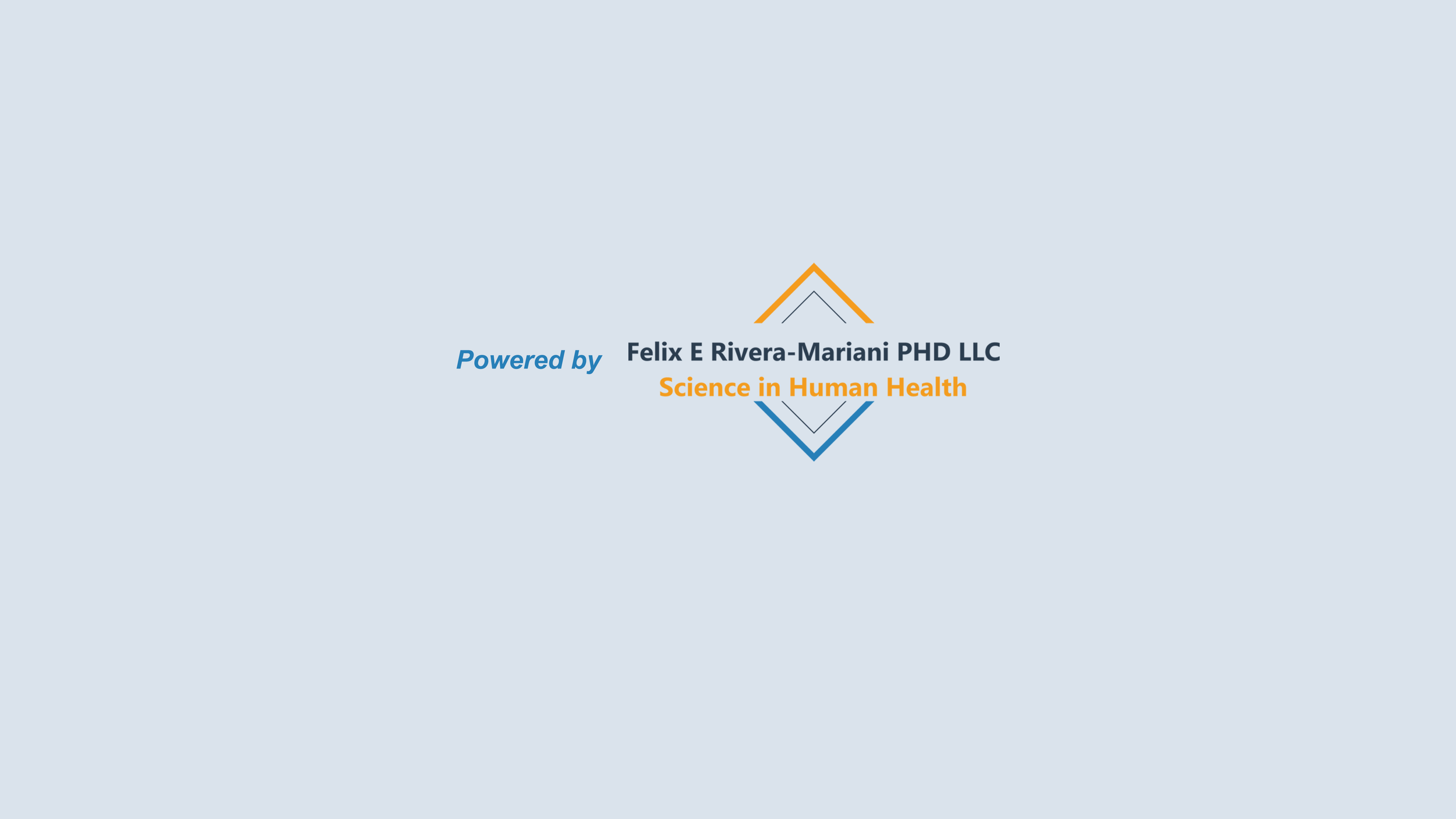Data Science and Computational Approaches
Find information about Computational Approaches in Biology and Data Science employing R, Python, Matlab, including computational approaches for the following:
to implement big data analysis in biological sciences (computational biology),
to monitor students’ learning and performance in the classroom,
to implement machine learning methods.
Example of Proteomic Analysis of Ovarian Cancer: This example of proteomic data analysis, performed in the MATLAB computer language, analyzed SELDI-TOF mass spectrometry from blood samples of two groups: ovarian cancer vs. control group. In this example, MATLAB scripts are used to pre-process the data, generate plots of the groups' spectrograms, and rank features using a two-way t-statistic. The data analyzed in this example is from the FDA-NCI Clinical Proteomics Program.
Differential Gene Expression between Fetal and Adult Brains: In this genomic data science project, the goal was to investigate the differences in gene expression between fetal and adult brains. Transcriptome sequencing data (known as RNA-seq) for this genomic data science project were sequenced on an Illumina platform from human post-mortem brains. The raw sequencing data and metadata associated with each brain sample were retrieved from a publicly available database. The data were aligned, quality control was performed on the alignments, and gene expression levels were quantified. With the aid of exploratory and fitting statistical models, patterns of gene expression were identified between fetal and adult brains. This genomic data science project provided insights into genes differentially expressed between fetal and adult brains, helping to understand human development and representing an example of reproducible research in genomic sciences.
Applying Data Science Approaches in Biological Sciences Classrooms: Evidence-based decisions in the classroom are essential for us as professors to implement adjustments in students' learning, including in biological sciences courses. In this project, I'll share data science approaches, projects, and peer-reviewed publications that could benefit in implementing pedagogical interventions in your classrooms.
Recently-Published Reports
Correct/Incorrect Ratio in Staining Techniques in Microbiology Lab
Data Analysis in a General Education Biology Course after the First Summative Assessment
Text Mining R Code to Determine the Most Frequent Words among Students’ Hypotheses
An R function to generate proportions and logistic regression for correct answers
Shiny app to predict users' next word: This project outlines the pitch for a Shiny app designed to predict the next words following the user's input.
Other biological and non-biological data sciences
